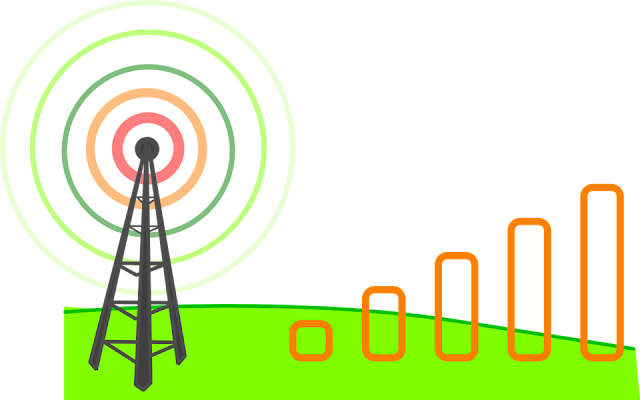What is Virtual Reality(VR)?
Hy there guys, your tech buddy is back with another cool blog on the most emerging topic Vrtual Reality(VR). So, let's begin...
Virtual reality is an artificial environment that is created with software and presented to the user in such a way that the user suspends belief and accepts it as a real environment. On a computer, virtual reality is primarily experienced through two of the five senses: sight and sound.
The simplest form of virtual reality is a 3-D image that can be explored interactively at a personal computer, usually by manipulating keys or the mouse so that the content of the image moves in some direction or zooms in or out. More sophisticated efforts involve such approaches as wrap-around display screens, actual rooms augmented with wearable computers, and hap-tics devices that let you feel the display images.
Virtual reality can be divided into:
How Virtual Reality Works?
Virtual reality is an artificial environment that is created with software and presented to the user in such a way that the user suspends belief and accepts it as a real environment. On a computer, virtual reality is primarily experienced through two of the five senses: sight and sound.
The simplest form of virtual reality is a 3-D image that can be explored interactively at a personal computer, usually by manipulating keys or the mouse so that the content of the image moves in some direction or zooms in or out. More sophisticated efforts involve such approaches as wrap-around display screens, actual rooms augmented with wearable computers, and hap-tics devices that let you feel the display images.
Virtual reality can be divided into:
- The simulation of a real environment for training and education.
- The development of an imagined environment for a game or interactive story.
How Virtual Reality Works?





Comments
Post a Comment